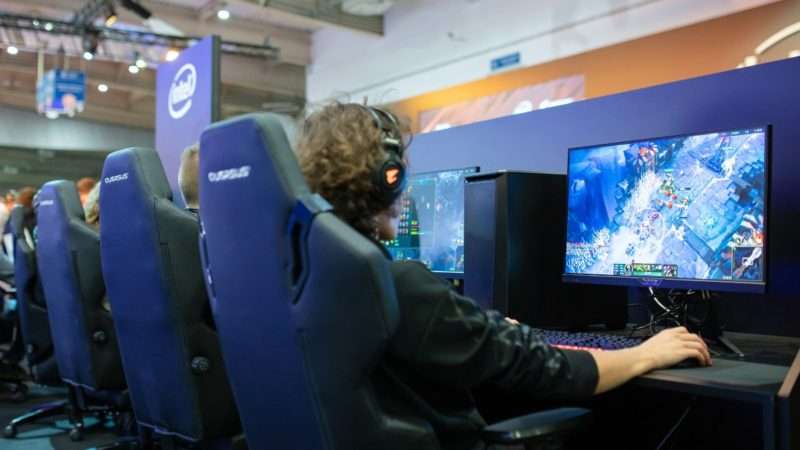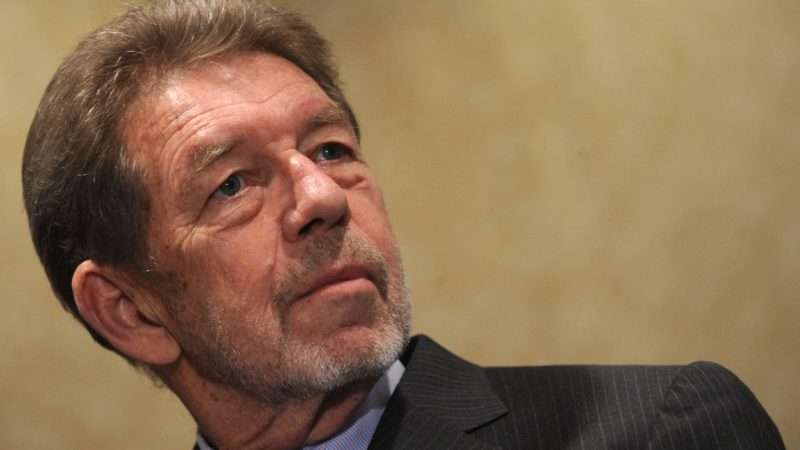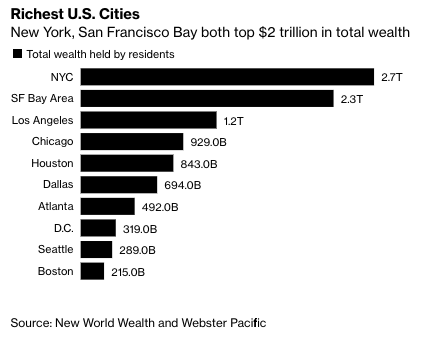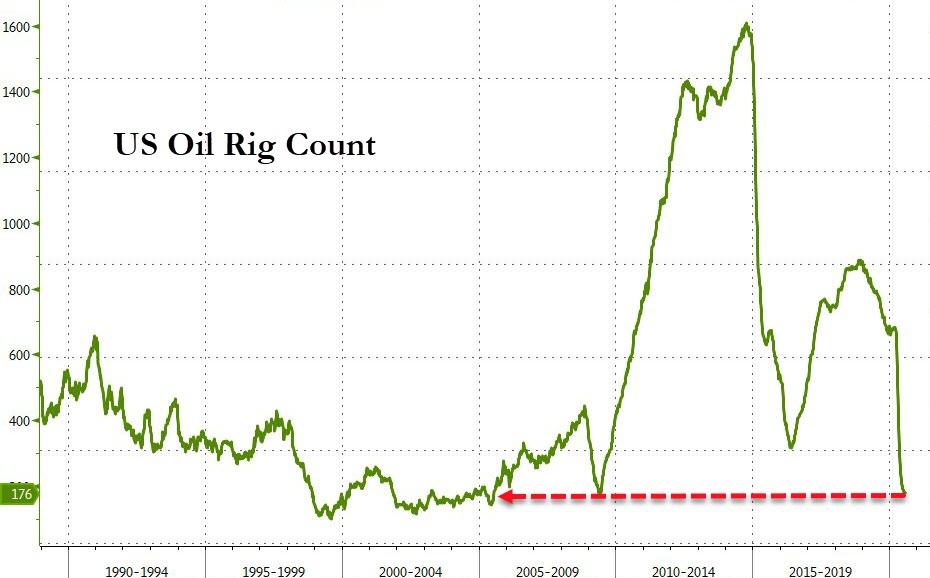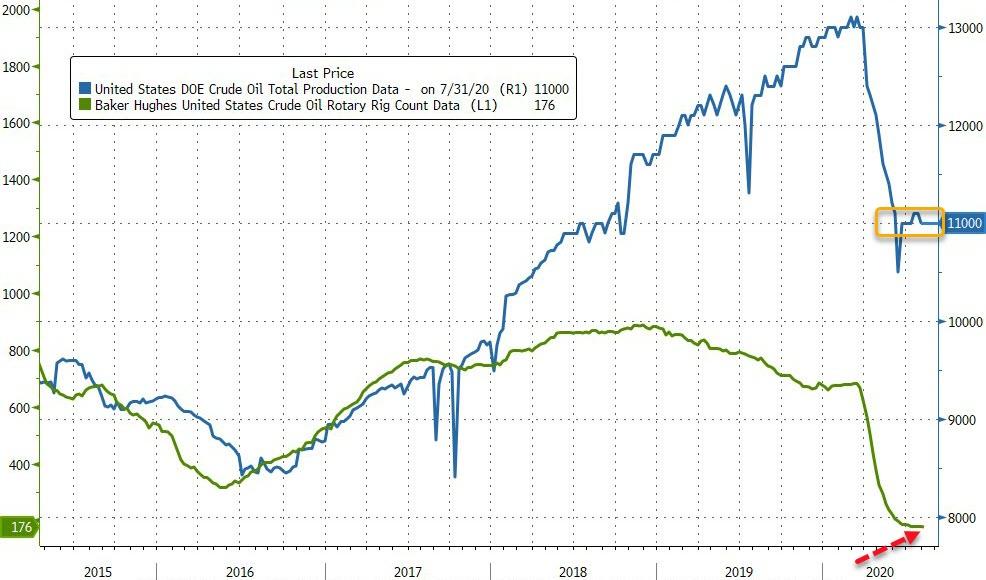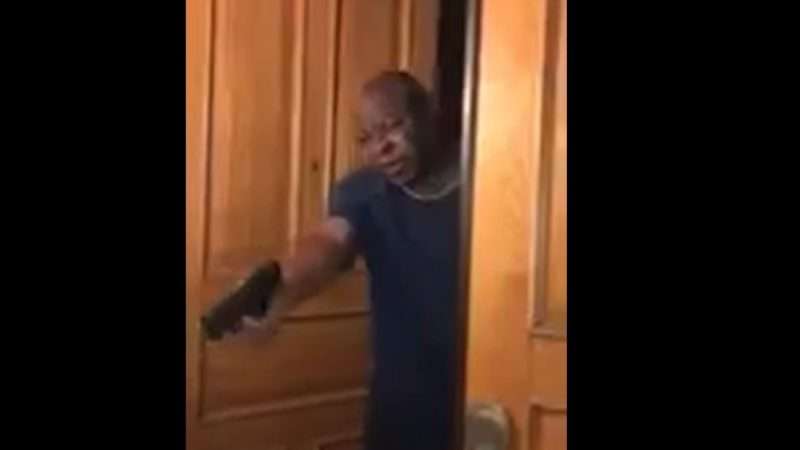
If you were jolted awake at 5 a.m. by an angry clamor in front of your house, followed by a ring of the doorbell, you probably would be alarmed. You might even grab a gun. That’s what David Lacey, husband of Los Angeles County District Attorney Jackie Lacey, did on March 2, when Black Lives Matter activists came to the couple’s home for a predawn protest. But what he did next resulted in three misdemeanor assault charges that California Attorney General Xavier Becerra’s office announced this week: Lacey pointed the gun at three protesters, told them to get off his porch, and threatened to shoot them if they didn’t.
The incident is broadly similar to the June 28 encounter that led to felony charges against Mark and Patricia McCloskey, who brandished guns in response to Black Lives Matter protesters passing by their house in a private neighborhood of St. Louis. In both cases, the gun wielders claim to have acted in self-defense based on fears that were reasonable in the circumstances. But since the Laceys are black, the Los Angeles incident does not fit the easy narrative of privileged white people who are irrationally fearful of dark-skinned demonstrators. It is therefore a useful opportunity to consider the legal principles that distinguish between assault and self-defense, uncolored by charges of racial prejudice.
Unlike the McCloskeys, who happened to live along the shortcut that protesters took on the way to St. Louis Mayor Lyda Krewson’s house, Jackie Lacey was the intended target of the demonstrators in Los Angeles, who say they were at her home to demand a meeting about her handling of excessive force allegations against police officers. But unlike the St. Louis protesters, who were trespassing on a private street, the vast majority of the 30 or so drum-banging, bullhorn-amplified L.A. protesters stayed on public property as three of them approached the front door of the Laceys’ house and rang the bell. Such an unsolicited visit, while obnoxious given the hour, is not inherently illegal.
Once David Lacey opened the door, he had every right to demand that the activists leave, just as any homeowner would have the right to turn away an unwanted salesman, missionary, or propagandist. The question is whether he had a right to point his gun at the people on his porch and threaten to shoot them. “Get off of my porch,” he says in the cellphone video of the incident while pointing a handgun at the protesters. “Are you gonna shoot me?” asks Melina Abdullah, co-founder the local Black Lives Matter chapter. “I will shoot you,” Lacey replies. “Get off of my porch.”
According to California’s jury instructions regarding assault with a deadly weapon, a defendant cannot be convicted if he acted “in self-defense” or “in defense of another.” That exception applies when the defendant used or threatened force because he “reasonably believed” he or someone else was “in imminent danger of suffering bodily injury”; “reasonably believed that the immediate use of force was necessary to defend against that danger”; and “used no more force than was reasonably necessary.” California does not require someone who faces such a threat to retreat from the confrontation, and deadly force is presumptively legitimate when used against someone who “unlawfully and forcibly” entered one’s home (which, assuming the protesters did nothing more than ring the bell and ask to speak with the D.A., does not describe this case).
Jackie Lacey, who is in the midst of a heated re-election race against former San Francisco District Attorney George Gascón and has been the target of weekly demonstrations at her office by protesters demanding her resignation, says her husband’s reaction was understandable in light of the “harassment” the couple had suffered prior to the incident. “My husband acted in fear for my safety after we were subjected to months of harassment that included a death threat no less than a week earlier,” she said on Tuesday in a statement from her re-election campaign. “Protesters arrived at my house shortly after 5 a.m. while I was upstairs. My husband felt that we were in danger and acted out of genuine concern for our well-being.”
Carl Douglas, an attorney representing Abdullah, says that explanation is “laughable” because the Laceys could see via their doorbell camera that the protesters were unarmed. Abdullah, who chairs the Department of Pan-African Studies at Cal State L.A., adds that Jackie Lacey knew her and the two other protesters, although it’s not clear whether her husband recognized them. “I would think that if you’re afraid you would stay in the house and call the police because you were in fear,” Abdullah told the Los Angeles Times. “They weren’t in fear. They were agitated.”
While the case does hinge partly on the distinction between anger and fear, the Laceys, assuming they were reasonably afraid, were under no obligation to cower in their house and wait for the police. David Lacey might have thought that pointing his gun at the uninvited guests was necessary to eliminate the threat he perceived. The question is whether a jury will agree that his perception was not only sincere but reasonable.
Abdullah notes that state prosecutors, who are handling the case to avoid a conflict of interest, could have charged David Lacey with felonies rather than misdemeanors. Assault with a firearm is a “wobbler” offense that can be charged as a misdemeanor punishable by up to a year in jail or as a felony punishable by up to four years in prison. Abdullah says the choice of misdemeanor charges suggests that Lacey is receiving preferential treatment because his wife is the D.A.
Loyola law professor Laurie Levenson, a former federal prosecutor, disagrees. Although she does not condone Lacey’s behavior, she thinks felony charges would be excessive in this case.
In an interview with the Los Angeles Times, Levenson noted several mitigating factors—including the earlier threats against Lacey’s wife, the fact that he was confronted at his home, and his clean criminal record—that might have influenced the decision to file misdemeanor charges. “I don’t know whether he is thinking particularly clearly at 5 a.m. when people are on his doorstep and there has been increasing harassment of his wife,” she said. “It’s easy to say he shouldn’t have been so afraid, he should have called the police, he made an unwise decision. But making an unwise decision doesn’t always end up with a felony or even a criminal charge.”
from Latest – Reason.com https://ift.tt/3gGzRSU
via IFTTT
